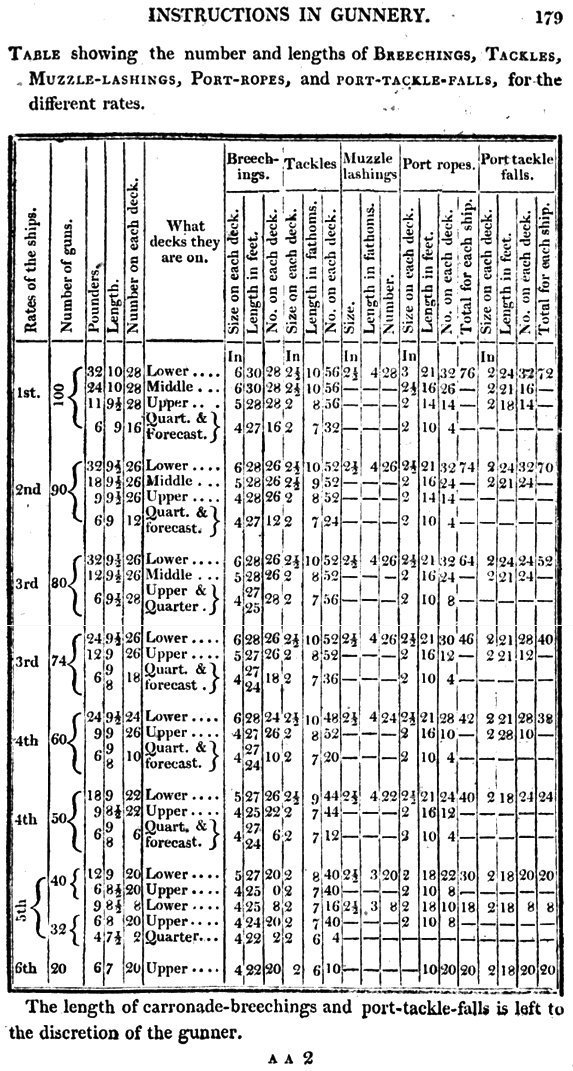-
Posts
5,929 -
Joined
-
Last visited
Content Type
Profiles
Forums
Gallery
Events
Everything posted by BANYAN
-
Sometimes the simplest of jigs provide the best solution. Very creative and the excellent result speaks for itself. cheers Pat
-
Another masterclass in metal working, thanks Keith. This model will be one that stands u to even the most 'macro' of examinations without fault. Happy New Year. cheers Pat
-
Welcome back Dave; great to see the update which is up to your usual high quality and finish. cheers Pat
- 143 replies
-
A great comparison Rob; clearly shows the different requirements met by the respective designers. Very nice models too! Odd sea pattern under them though - fan blade shaped waves Welcome back to the builders desk - I am still a week or two away while I finish all those house jobs. cheers Pat
- 3,560 replies
-
- clipper
- hull model
-
(and 2 more)
Tagged with:
-
Nice work Steven, a very interesting and well executed build. I have enjoyed the journey. cheers Pat p.s. As much as I tried, I could not see Ron's telepromter!
-
An interesting subject for your SIB Glen, and a very unique display base in the form of the sledge (very nicely executed BTW). I look forward to seeing your build at such a small scale. cheers Pat
-
Sorry I don't have the expertise to participate but would be an interested 'looker on' Good luck with this endeavour; has the m akings for an excellent book! (hint) - it doesn't have to be commercial endeavour. cheers Pat
- 3,560 replies
-
- clipper
- hull model
-
(and 2 more)
Tagged with:
-

NAIAD 1797 by Bitao - 1:60
BANYAN replied to Bitao's topic in - Build logs for subjects built 1751 - 1800
Wow, wow and more wow! cheers Pat -
Very nice work on the rudder heads, races, funnels and steering wheel - some very well detailed fine work Brian - take a bow! Those desk tidies certainly help in organising the workspace. cheers Pat
-
The skylight came up nicely Eberhard. I had to make similar sized but had mine fully etched in 0.1 mm brass which turned out OK; I am assuming you tried that without success? Wishing you all the best wishes for 2022 cheers Pat
-
Back at you all - I hope all have a safe and very happy Christmas. cheers Pat
- 3,560 replies
-
- clipper
- hull model
-
(and 2 more)
Tagged with:
-
Excellent paint job; love it! Nice addition to your collection Greg, adds perspective to the size of these air ships. Have a safe and happy festive season Pat
-

NAIAD 1797 by Bitao - 1:60
BANYAN replied to Bitao's topic in - Build logs for subjects built 1751 - 1800
A very Merry Christmas, and best wishes for a safe and happy festive season to you and your family also Bitao. Love watching your work. cheers Pat -
Nicely done Greg. Seasons greetings - have a safe and happy festive season Pat
- 1,090 replies
-
- showcase models
- vendetta
-
(and 2 more)
Tagged with:
-
Is there any 'manufacturing' problem that has ever stumped you Keith? Ditto above comments - your ingenuity (and quality of work) never fails to amaze! cheers Pat
-
This is going to one very fine model Rob. cheers Pat
- 3,560 replies
-
- clipper
- hull model
-
(and 2 more)
Tagged with:
About us
Modelshipworld - Advancing Ship Modeling through Research
SSL Secured
Your security is important for us so this Website is SSL-Secured
NRG Mailing Address
Nautical Research Guild
237 South Lincoln Street
Westmont IL, 60559-1917
Model Ship World ® and the MSW logo are Registered Trademarks, and belong to the Nautical Research Guild (United States Patent and Trademark Office: No. 6,929,264 & No. 6,929,274, registered Dec. 20, 2022)
Helpful Links
About the NRG
If you enjoy building ship models that are historically accurate as well as beautiful, then The Nautical Research Guild (NRG) is just right for you.
The Guild is a non-profit educational organization whose mission is to “Advance Ship Modeling Through Research”. We provide support to our members in their efforts to raise the quality of their model ships.
The Nautical Research Guild has published our world-renowned quarterly magazine, The Nautical Research Journal, since 1955. The pages of the Journal are full of articles by accomplished ship modelers who show you how they create those exquisite details on their models, and by maritime historians who show you the correct details to build. The Journal is available in both print and digital editions. Go to the NRG web site (www.thenrg.org) to download a complimentary digital copy of the Journal. The NRG also publishes plan sets, books and compilations of back issues of the Journal and the former Ships in Scale and Model Ship Builder magazines.




